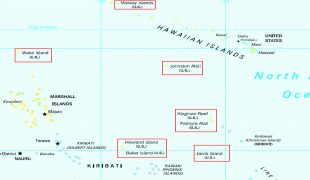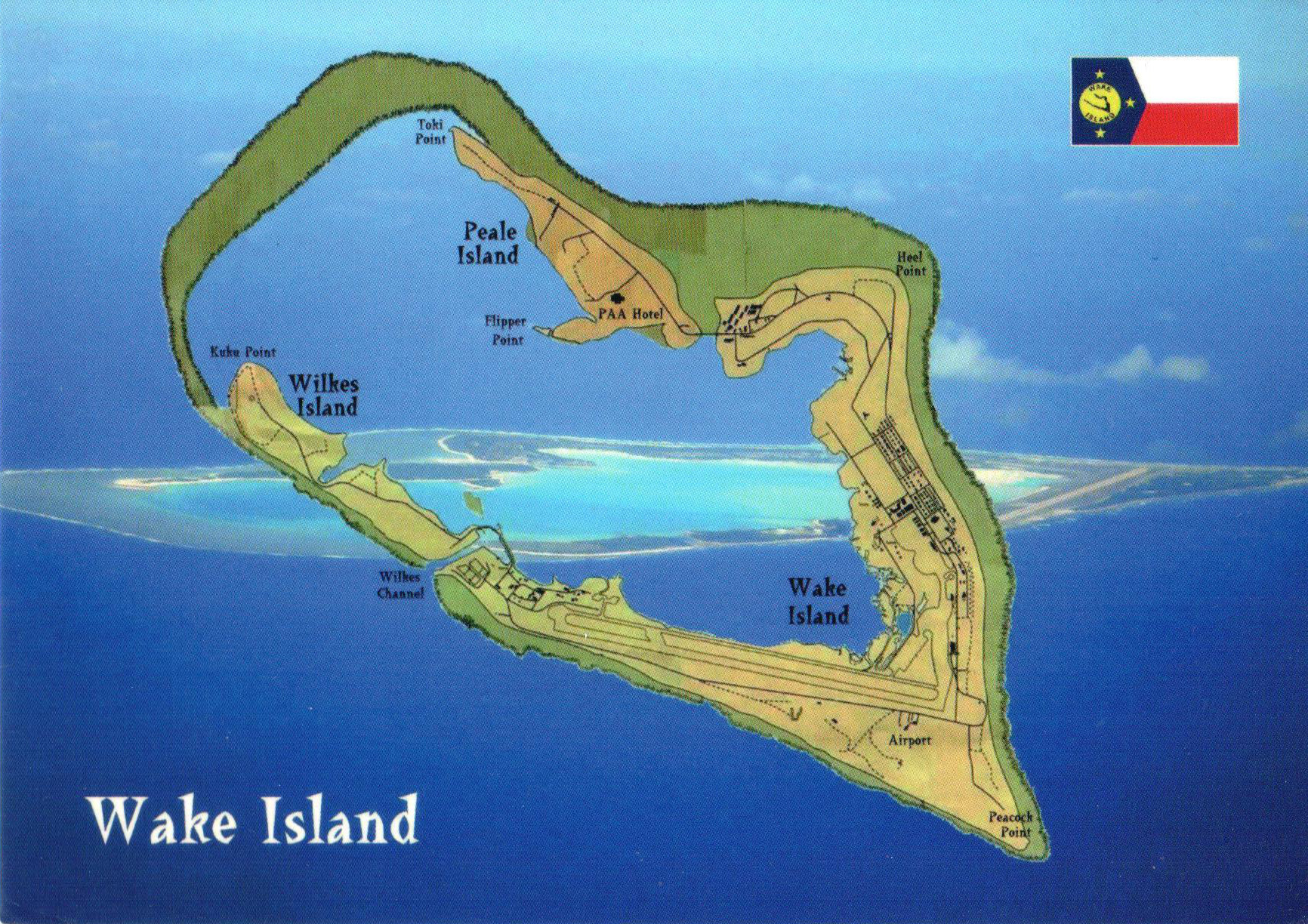

Occupation must be effective for a sovereign to acquire an insular area in this way. Once occupied, such a terra nullius, if later abandoned, would again be vulnerable for occupation by another sovereign. Occupation is the act of appropriation of an insular area that is not under the supreme power of another sovereign, i.e., a terra nullius.When such occupation takes place, the subjects domiciled in the newly acquired insular area become nationals of the acquiring sovereign. Cession requires possession or occupation by the acquiring sovereign. Sovereigns can effect cession only in a treaty between the ceding and acquiring sovereigns. Cession occurs when the acquiring sovereign derives its title to a new insular area by the ceding sovereign's transferring to it the supreme power over that insular area.These are 1) cession, 2) occupation, 3) accretion, 4) subjugation and 5) prescription. Public international law seems to recognize five ways to acquire insular areas. Includes in that definition such areas that are contiguous to and within 200 miles of the territorial sea around any inhabited and uninhabited territory or possession of the United States, including American Samoa, the Commonwealth of the Northern Mariana Islands, Guam, Puerto Rico, the Virgin Islands, Midway Islands, the Federated States of Micronesia, Palau, Marshall Islands, Midway Islands, Wake Island, Johnston Atoll, Baker, Howland, and Jarvis Islands, Kingman Reef, Navassa Island, Serranilla Bank, Bajo Nuevo Bank, and Palmyra Atoll. H.R.4792 - 111th Congress (2009-2010) introduced in House () defined "shallow and deep seabed of the United States" as areas of the seabed contiguous to and within 200 miles of the territorial sea of the United States and the resources of which are subject to its jurisdiction or control. Indeed, these insular areas have no native population to form a government, they lack any source of fresh running water, and are otherwise inhospitable to self-sustaining habitation. These small insular areas are "unorganized." That is, no legislation exists providing for organization of a local government. jurisdiction in the Caribbean and Pacific: Baker Island, Howland Island, Jarvis Island, Johnston Atoll, Kingman Reef, Midway Islands, Navassa Island, Palmyra Atoll, and Wake Island. Minor Outlying Islands" refers to certain small islands under U.S. Census Bureau referred to the entities as “Outlying Areas." The term "U.S. Sometimes the Island Areas are referred to as “Island Territories" or "Insular Areas." For the 1990 and previous censuses, the U.S. Geographic definitions specific to the Island Areas are shown in the appropriate publications and documentation that accompany the data products for the Island Areas. Census Bureau treats the Island Areas as entities that are statistically equivalent to states for data presentation purposes. The Island Areas of the United States are American Samoa, Guam, the Commonwealth of the Northern Mariana Islands (Northern Mariana Islands), and the Virgin Islands of the United States. Who is the sovereign, de jure or de facto, of a territory is not a judicial, but a political question, the determination of which by the legislative and executive departments of any government conclusively binds the judges, as well as all other officers, citizens, and subjects of that government.

By the law of nations, when citizens or subjects of one nation, in its name and by its authority or with its assent, take and hold actual, continuous and useful possession (although only for the purpose of carrying on a particular business, such as catching and curing fish, or working mines) of territory unoccupied by any other government or its citizens, the nation to which they belong may exercise such jurisdiction and for such period as it sees fit over territory so acquired.


 0 kommentar(er)
0 kommentar(er)
